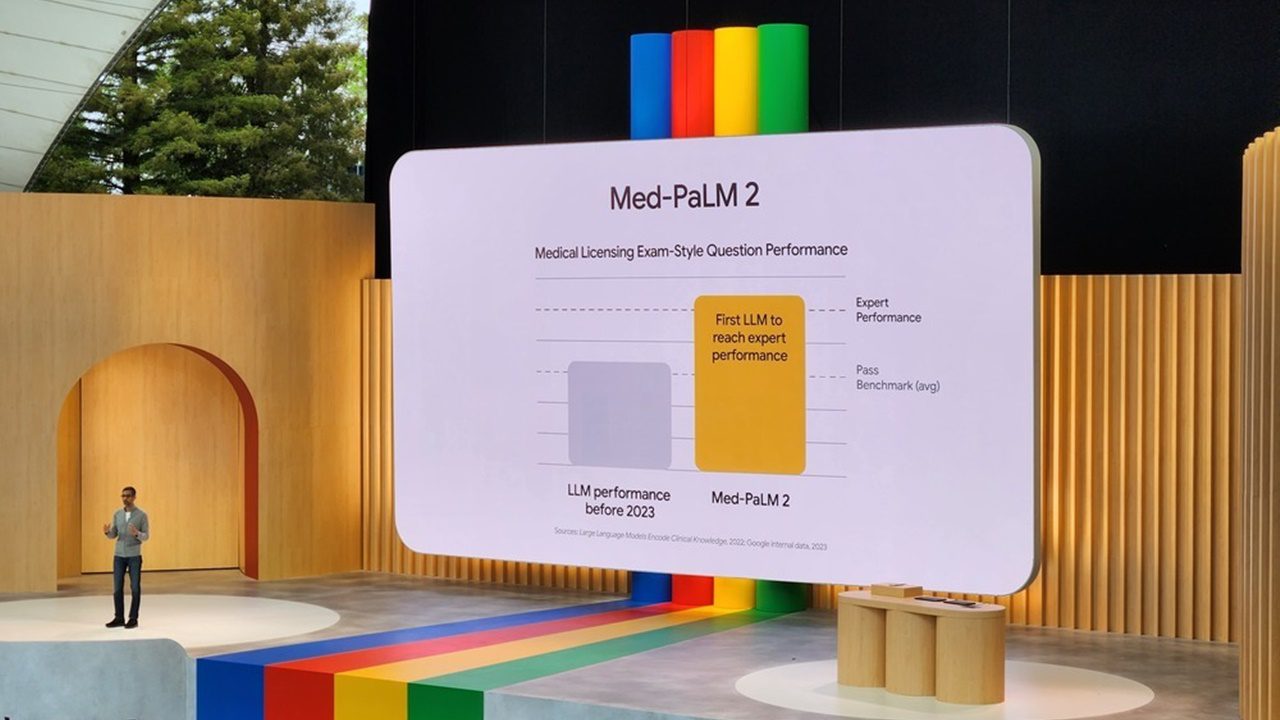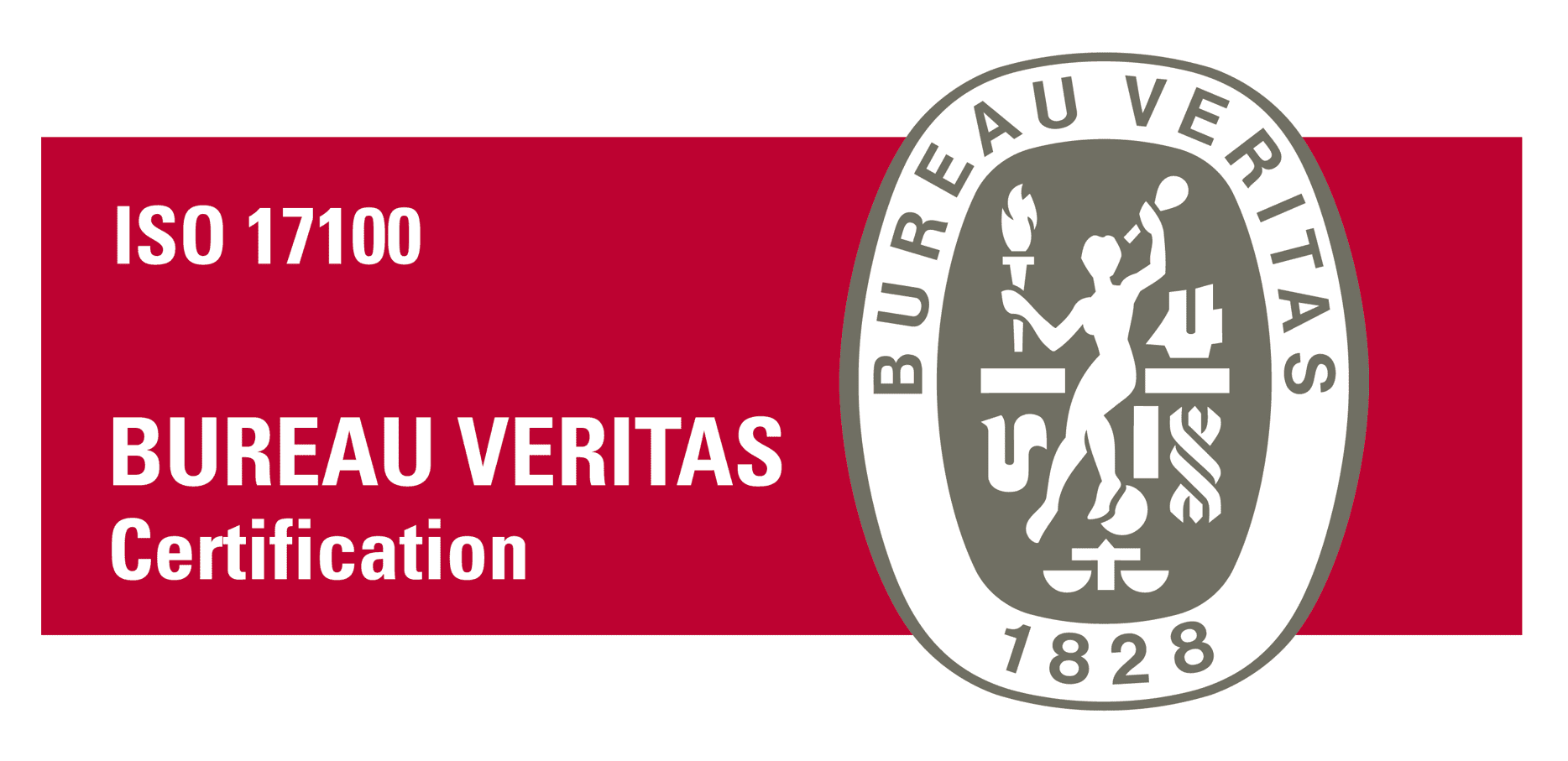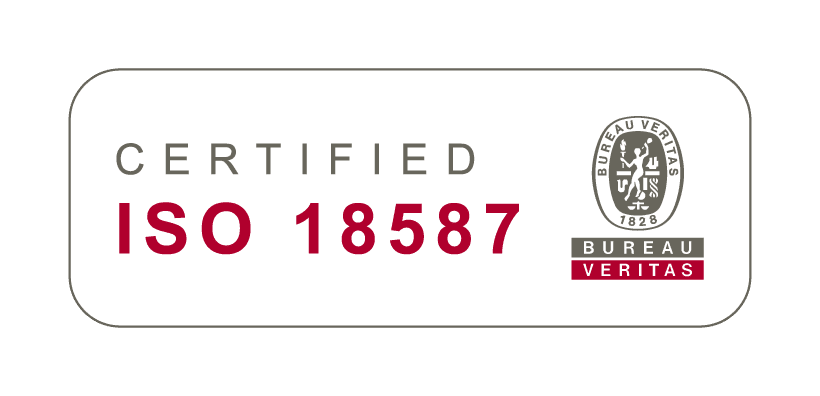What is MDR?
The MDR is the new regulation for medical devices and sanitary products. Its main objective is to establish new requirements for the production and supply of medical devices in European territories while meeting high quality and safety standards.
It appeared in response to the need for updated measures established by the Medical Devices Directive (92/42/EEC) (MDD) and the Active Implantable Medical Devices Directive (90/385/EEC) (AIMDD).
How does this new regulation impact the market?
These changes are in response to new European Union requirements for medical devices.
All actors in the medical device field, from manufacture to use, are obligated to comply with the Medical Device Regulation (MDR) and the InVitro Diagnostic Device Regulation (IVDR). It is important that they are constantly aware of changes to implement them efficiently and quickly.
What are the new requirements imposed by the MDR?
The MDR seeks to modernize the current system in the European Union. Among the new regulations you can find:
New Categorization Format
The new regulation impacts how companies that produce medical devices and sanitary products are categorized. Currently, all devices are divided into four categories:
In the MDR, the categories of medical devices are placed into sub-categories:
IVDR: The new role of translation
For the IVDR (InVitro Diagnostic Device Regulation), new measures will also apply. Its implementation date is May 26, 2022. However, manufacturers will have a two-year transition period to obtain their declarations of conformity and, thus, maintain permission to remain in the European market. This new regulation will allow greater applicability to more in vitro diagnostic devices.
Language and translation are paramount in the new regulations. Product instructions should be part of the technical documentation and should be reviewed by the notified bodies along with the package labeling. Once this documentation is approved, the instructions should be available on the manufacturer’s website.
Yet again, language plays a key role in the new changes taking place in the industry. New regulations, accompanied by correct and accurate translations, expand patient access to information about medical devices.
What are the new IVDR requirements?
The IVDR contains several new requirements, including some of the following:
Some things to keep in mind:
After May 26, 2022, products marketed under the InVitro Diagnostic Directive (IVDD) will effectively remain under design freeze until they are recertified by the IVDR.
The IVDR is more stringent with the need to identify the medical condition, target audience, and scientific evidence of validity.
Also, marketing actions present or potentially presentable by the manufacturer, including websites and any social media presence, will be inspected.
At Lexic, we offer quality solutions and services for medical device companies to comply with the EU regulations and requirements mentioned in this article, and many others.
Please contact us if you are looking for a translation partner.






